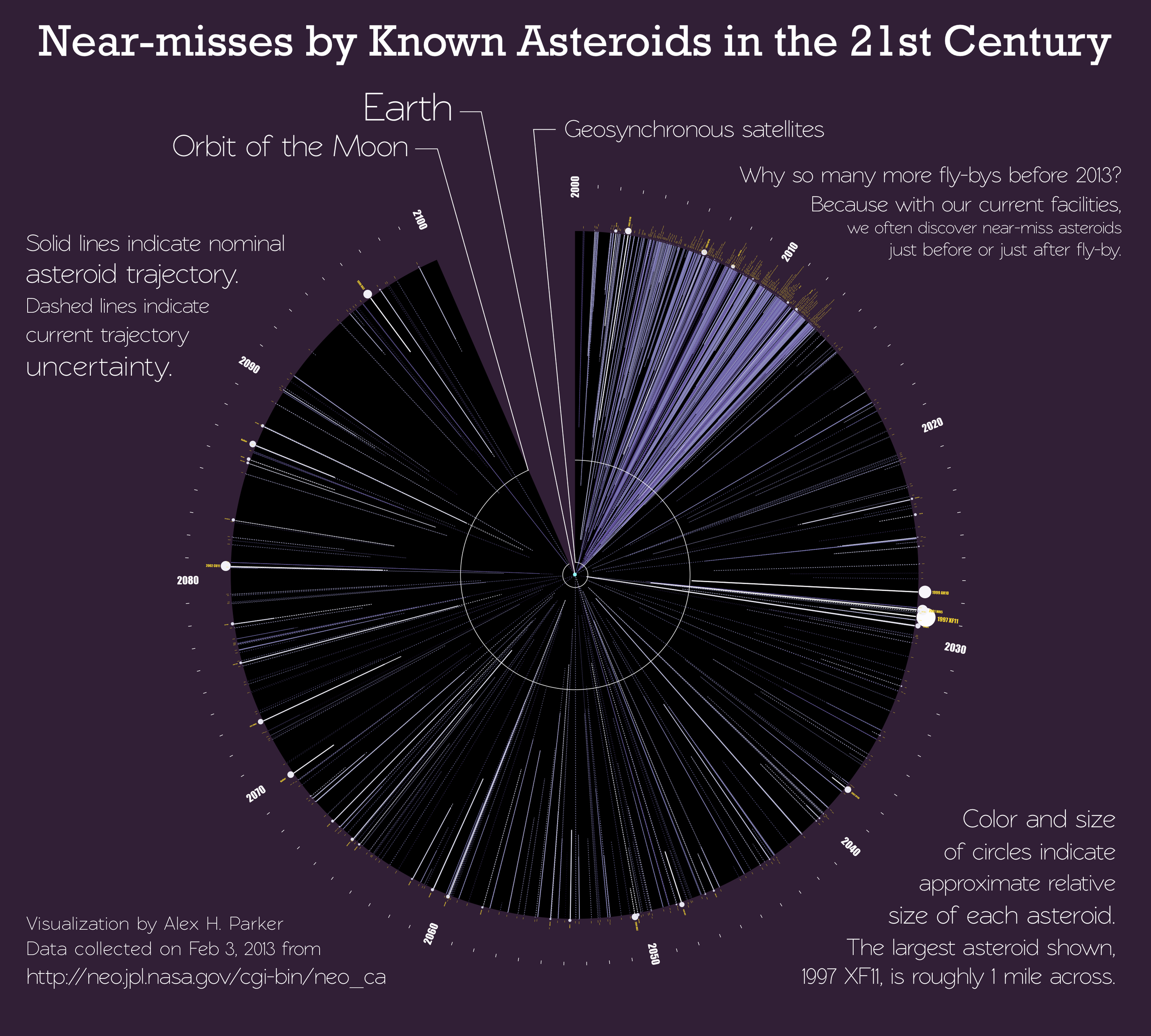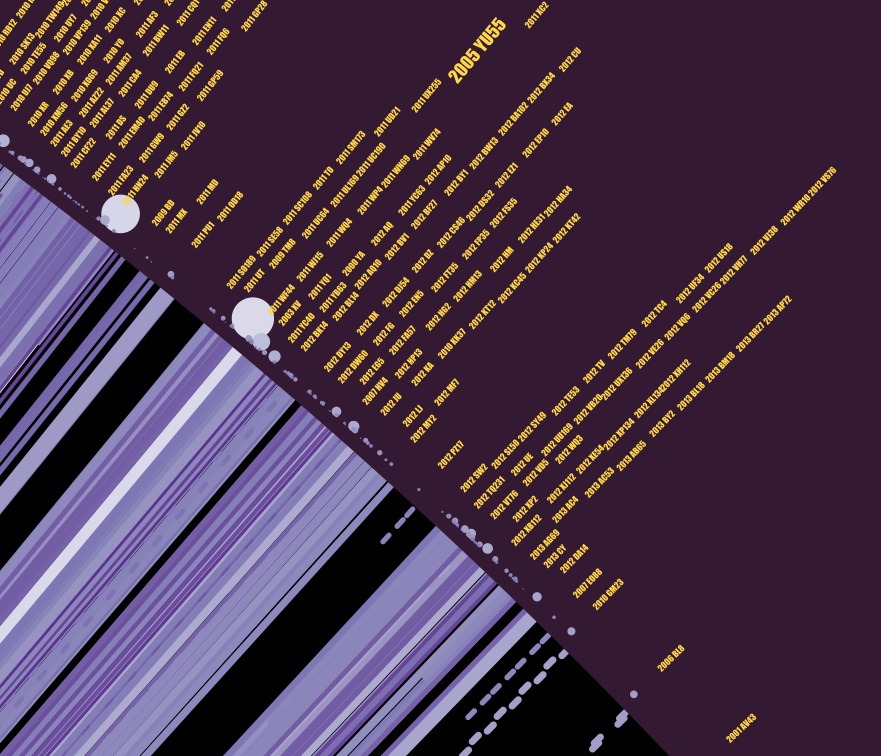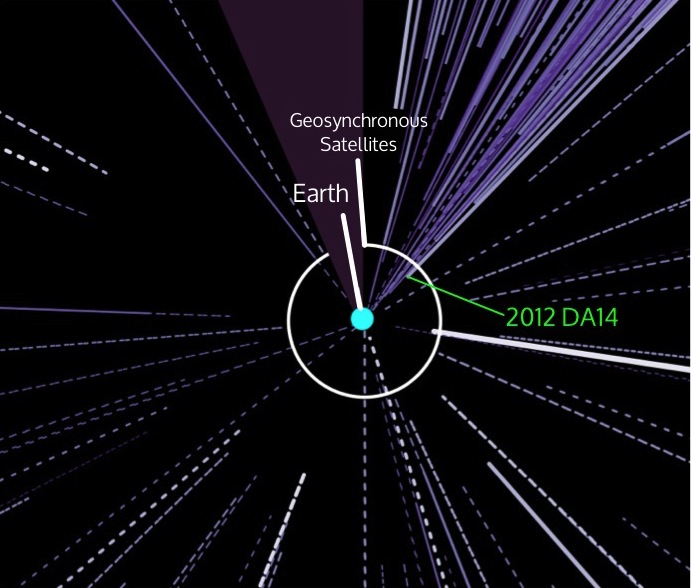Animations and Sonifications
Over 100,000 asteroids and their colors, as seen by the Sloan Digital Sky Survey. Colors based on scheme used in Parker et al. (2008).
"Worlds" visualizes the Kepler planet candidates in orbit around a single star. It was honored with the CinéGlobe "Data Visualization Award" at the 2013 Imagine Science Film Festival in New York City. It will be shown at the CinéGlobe International Film Festival at CERN in Geneva, Switzerland in March of 2014. It was also featured in the 2014 PBS NOVA documentary "Alien Planets Revealed."
"Beyond Neptune" illustrates the sizes and the orbital motion of all known trans-Neptunian objects with average orbital distances greater than Neptune's. As it plays, the objects are revealed on the date of their discovery.
"Supernova Sonata" was among my first data sonifications. It depicts the time series of Type Ia supernova detonations detected by the Supernova Legacy Survey as music played on a grand piano and a contrabass. It was featured as an APOD and was an official selection of the 2013 Imagine Science Film Festival in New York City.
Occultation of a star by Pluto. Co-registered and PSF-matched time-series of LCOGT guide camera data using routines developed for New Horizons Kuiper Belt search. Details of occultation results here.
Illustrations
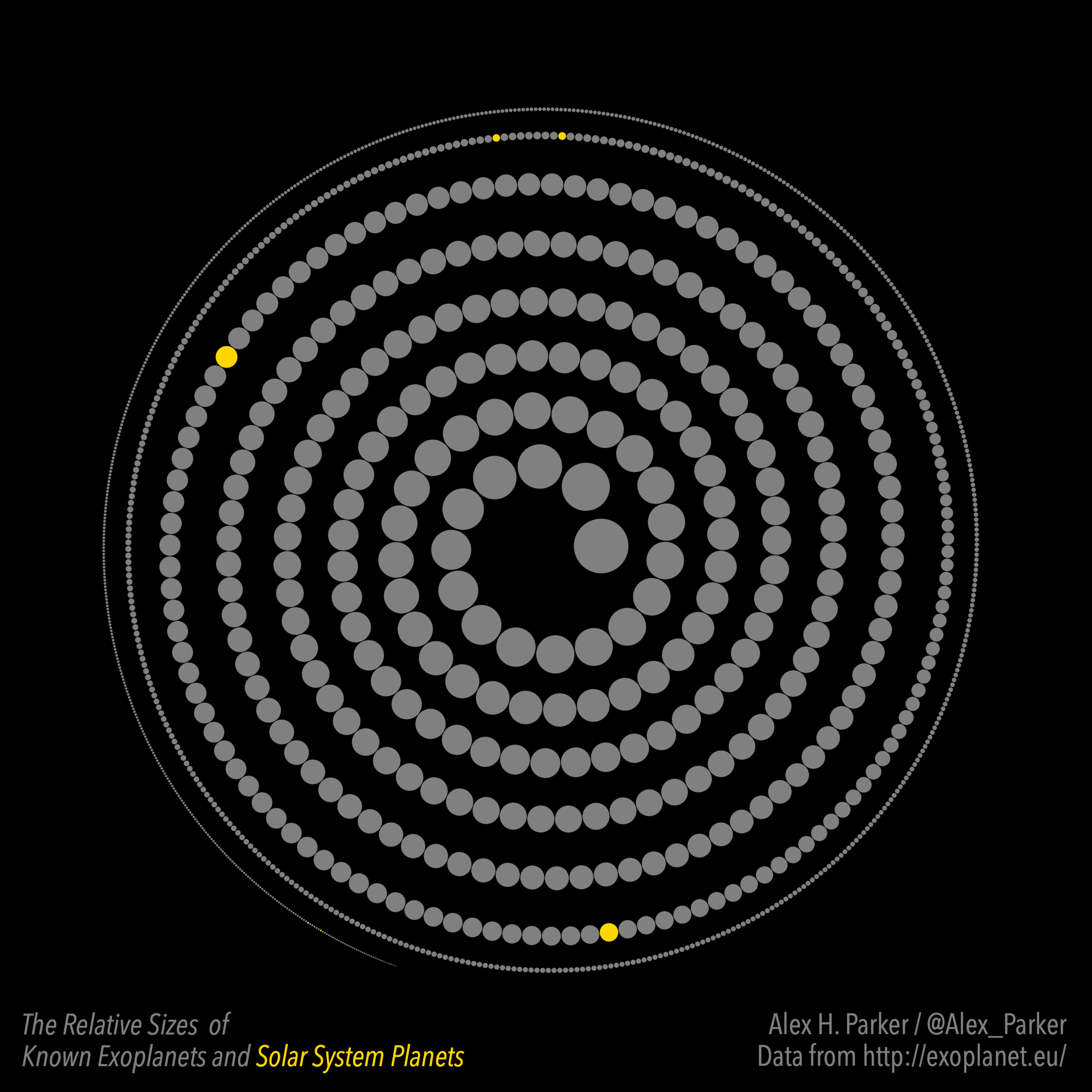
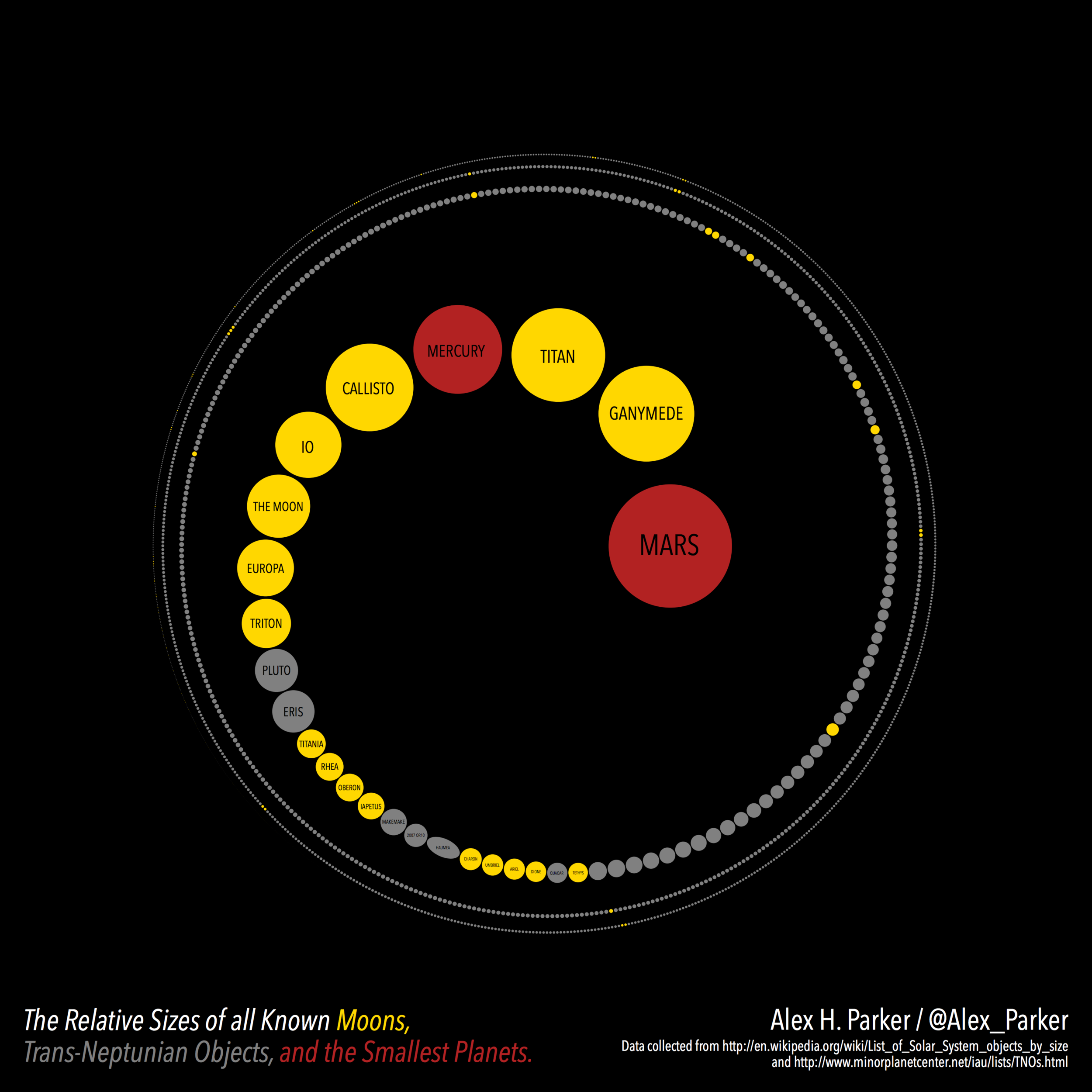
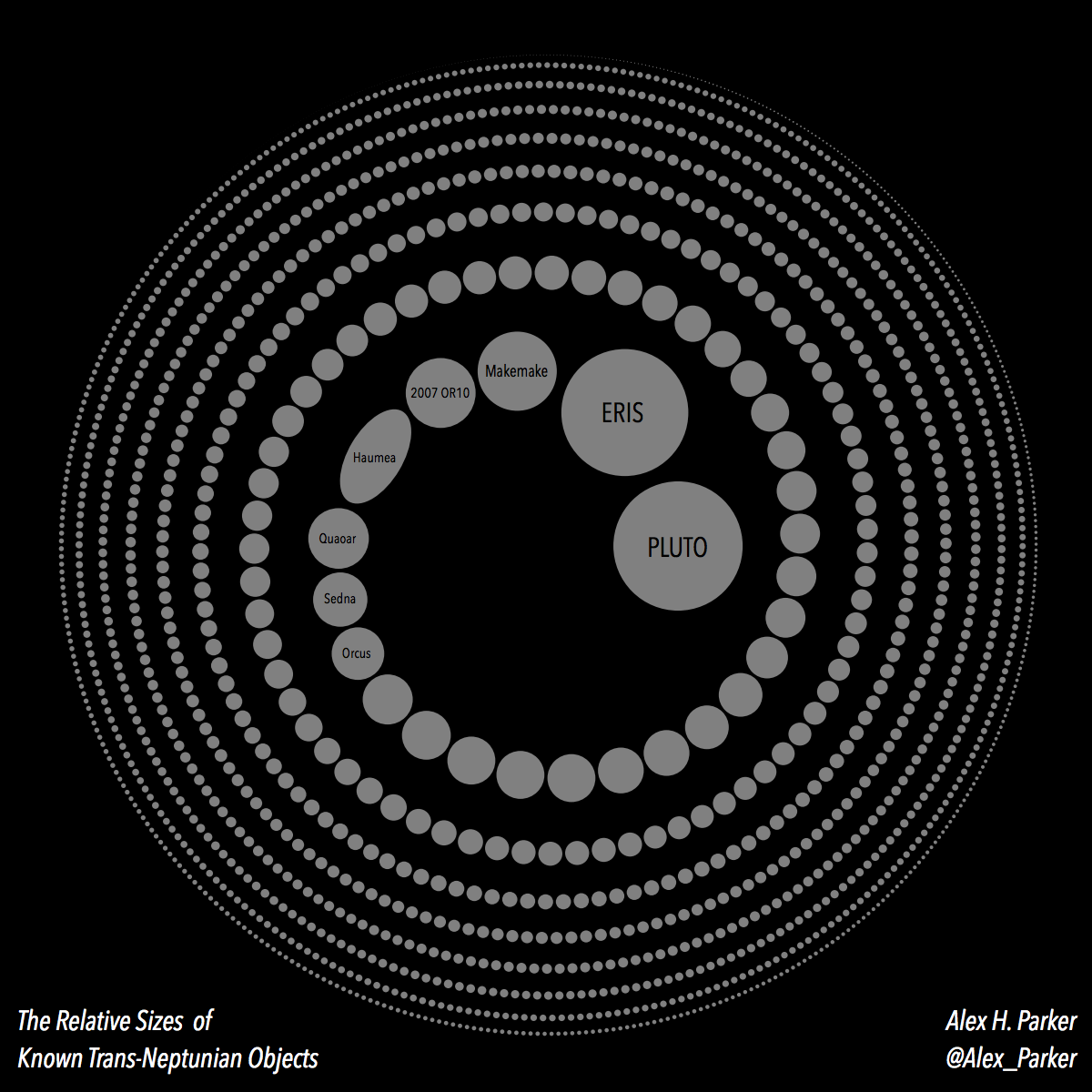
Size distributions of planets, moons, and trans-neptunian objects shown as spirals.
The Flyby clock visualizes a century of asteroid flybys. See the full figure and a description at the Minor Planet Center blog.
Historic planetary popularity, as measured by frequency of mention in the corpus of English language books.
Asteroid families from the Sloan Digital Sky Survey and Parker et al. (2008).
Contrasting the massive discovery rate of exoplanets against the historic rate of asteroid discovery.


